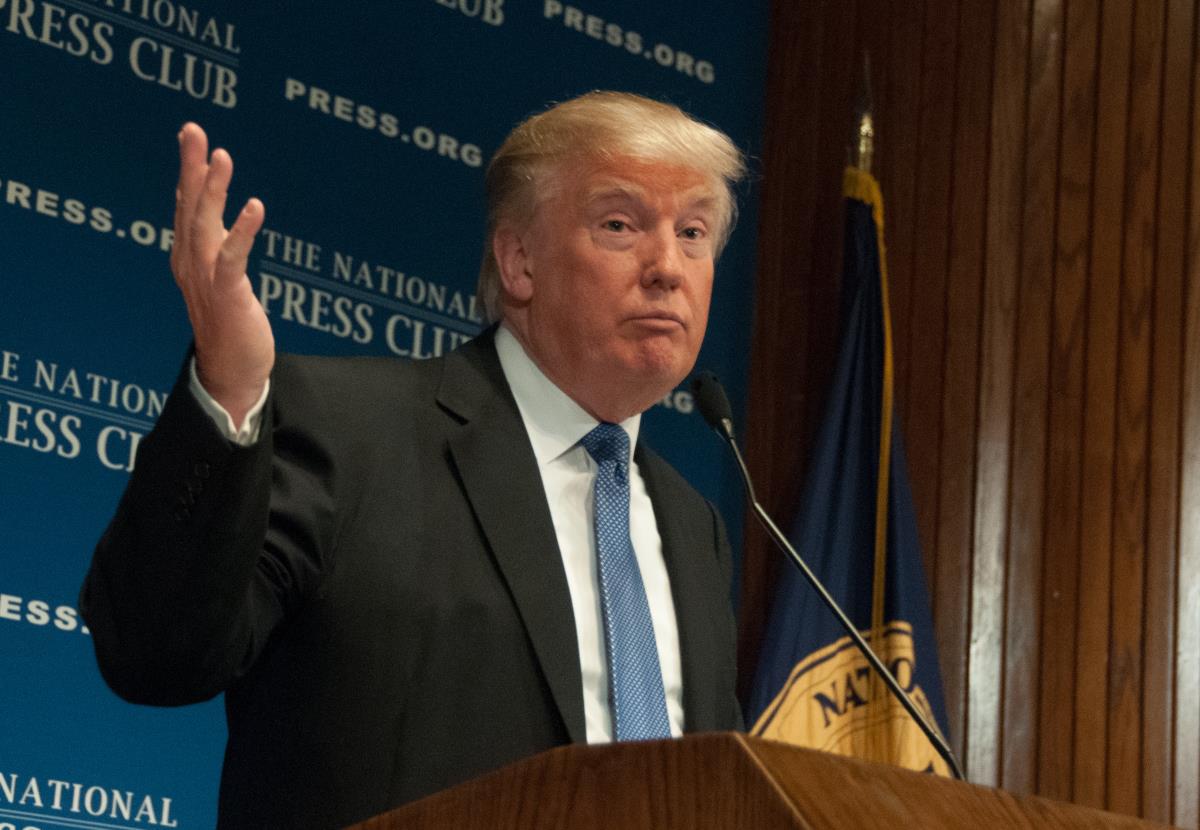Leaked documents show how China is using AI and mass surveillance to commit “cultural genocide” and put people in concentration camps
12/03/2019 / By Ethan Huff

Most Americans probably don’t know anything about it because the mainstream media prefers to keep it under wraps, but communist China is right this moment detaining untold numbers of political and religious prisoners in concentration camps that reports indicate are being monitored and controlled by artificial intelligence (AI) robots.
Uighur Muslims, which we’ve drawn attention to in the past, as well as other minority groups throughout China basically have to conform to the communist government’s demands, or else face indefinite detention or even death for their disobedience.
Described by former detainees as “forced ideological and behavioral re-education centers” operated in secret, these communist Chinese concentration camps are designed to rewire prisoners’ brains, including the thoughts they have and the language they speak. Prisoners are also forced to follow a strict set of rules for everything they do, including bathing and using the toilet.
Classified documents that recently went public reveal that communist China is utilizing AI and other advanced technologies to implement its social control agenda, which includes assigning residents social credit scores that are used to determine their respective levels of “freedom” in Chinese society.
Those with low social credit scores, or those whom the communist Chinese government deems to be a threat, are targeted, surveilled, and graded as part of a plot to forcibly assimilate and subdue them under communism. And the most targeted group are the Uighurs, which are about 10 million strong and trying to maintain their own language and culture within greater Chinese society.
“They confirm that this is a form of cultural genocide,” says Adrian Zenz, a leading security expert from Xinjiang, which is considered to be the Uighur homeland. “It really shows that from the onset, the Chinese government had a plan.”
According to Zenz, these latest documents reveal many of the same things as a 2017 report issued by a local branch of the Xinjiang Ministry of Justice, which determined that the purpose of these concentration camps is to “wash brains, cleanse hearts, support the right, (and) remove the wrong.”
The communist Chinese government used 9/11 as an excuse to impose harsh security measures branded as “fighting terrorism”
Much like what our own government did following the 9/11 terrorist attacks, the communist Chinese government used this opportunity to start imposing extreme security measures and “religious restrictions” that it claimed were needed to fight “terrorism.”
The communist Chinese government took specific aim against the Uighurs because they’re Muslim, with President Xi Jinping in 2014 announcing a “People’s War on Terror” following a bombing that was said to have occurred at the hands of Uighur militants.
“Build steel walls and iron fortresses,” Xi declared at the time. “Set up nets above and snares below. Cracking down severely on violent terrorist activities must be the focus of our current struggle.”
Things escalated even further in 2016 when Xi named Chen Quanguo as Xinjiang’s new head, Quanguo being a “hardline” war hawk type of figure who turned China’s “War on Terror” into “an extraordinary mass detention campaign using military-style technology.”
These same measures are still in place today, though Xi claims that the recently leaked documents about communist Chinese concentration camps are “fabrication and fake news.”
However, journalists who’ve pored over the documents disagree, as they contain specific guidelines pertaining to the building of the camps, as well as the technology used to run them. And the conclusion they’ve come to is that communist China wants all Chinese people, including the Uighurs, to fall in line with all of its godless mandates.
Be sure to read the full analysis of these leaked documents at Breitbart.com.
You can also keep up with the latest news about communist China Tyranny.news.
Sources for this article include:
Tagged Under: AI, artificial intelligence, China, communism, concentration camps, cultural genocide, mass surveillance, Tyranny
RECENT NEWS & ARTICLES
COPYRIGHT © 2017 BigTech.news
All content posted on this site is protected under Free Speech. BigTech.news is not responsible for content written by contributing authors. The information on this site is provided for educational and entertainment purposes only. It is not intended as a substitute for professional advice of any kind. BigTech.news assumes no responsibility for the use or misuse of this material. All trademarks, registered trademarks and service marks mentioned on this site are the property of their respective owners.



















